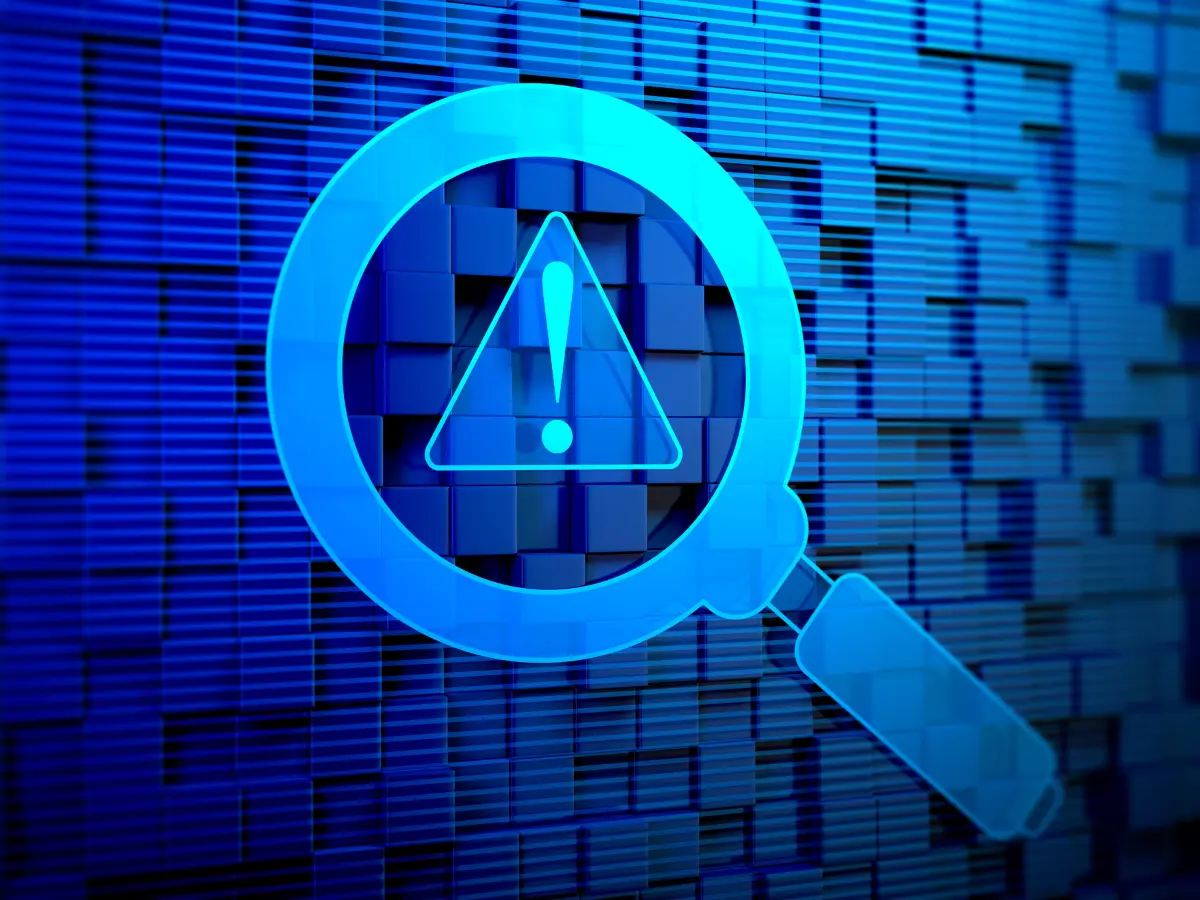As a business, you will collect data. In fact, it’s more than necessary for proper growth. You’ll need it for a tonne of reasons, like managing customer relationships, marketing, recording transactions, and several others. While data is extremely valuable, it can be a wrecking ball for your business—only if you don’t take strong and purposeful steps to secure it.
Amongst the massive amounts of data your organisation collects, a lot are sensitive and personal. These make your business a sitting target for hackers and cybercriminals. While a cyberattack is unvoidable for businesses—statistics show that each organisation averages 1363 cyberattacks per week—you can prevent a successful data breach. With the appropriate data security technologies, you get to secure your business against cybercrimes.
What is data security?
Before we go into data security technologies, let’s go over the concept of data security.
Data security is the entire process an organisation goes through to secure its data from data breaches. Often times, data security, data protection, and cybersecurity are mistaken for the same. Why? Their primary goal is to safeguard data.
The danger to data lies beyond cyberattacks. Think of it this way: while cyberattacks are external efforts to compromise data, there are internal threats to it—loss and mishandling by the organisation’s own staff.
So, data protection is the method to safeguard data from loss, compromise, or mishandling (insider threats). Data security defends data against threats to its confidentiality, integrity, and availability. Now, cybersecurity concerns the protection of data and assets such as software, hardware, computer systems, mobile phones, connection devices, etc. So, with cybersecurity, you also secure every device used to collect, process, or store sensitive data.
What is the importance of data security?
The most important reason why organisations go out of their way to secure data is for compliance. Nowadays, countries around the world have established data security laws and regulations, and these laws impose hefty fines on noncompliant organisations.
Whether your business loses its customers’s data to cyberattacks or mishandling, you will be held responsible for the problem. Here’s what you’re in for:
-
- Hefty fines from data protection laws like the GDPR, NDPA, etc., which can cripple your business (need help with GDPR and NDPR compliance, contact Johan’s Consults).
-
- Penalties from industry-specific laws like SOX, HIPAA, and PCI.
-
- Lawsuits from the affected clients (data subjects).
Compliance with data regulations is not the only reason to ensure data security. There’s the reputational damage your business will suffer. Since you need your customers to trust your brand, your business may never recover from such a blow.
Asides the customer’s data you hold, data security prevents your company’s core data—employee and customer records, sales and purchase invoices, and digital materials—from breaches. So, with the right data security technologies, you can ensure these are safe.
Data Security Technologies
Do you understand what data security’s all about? Let’s move on to the data security technologies you can use. The technologies you implement depend on various factors, such as the type of data your business works with, the tools and infrastructure you use, and the structure of your organisation.
Top 7 Data Security Technologies You Can Use
First is the identification and classification of data. You can’t possibly defend what you don’t know, hence the identification. What kind of data do you hold? What type of data do you handle on behalf of others? Are they names, bank details, religious beliefs, or others?.
Answering those questions will reveal the identity of your data correctly.
On to data classification. Now that you know your data, the next step is to check what category it falls under. The nature of data is best determined by the data security regulations available. For instance, the GDPR sets its own features for different categories of data; likewise, the NDPA. The NDPA describes sensitive data as “personal data relating to an individual’s “genetic and biometric data, for the purpose of uniquely identifying a natural person; race or ethnic origin; religious or similar beliefs,
Once you’ve identified and classified the data, you can now decide on the best data security technologies to use for it.
User Authentication and Authorisation
Authentification and authorisation are the most visible technologies available. Almost everyone’s familiar with them.
Authentification means that you verify the person trying to access the system is who they say they are. For this, we have usernames and passwords (with multifactor authentication) or an API key for programmatic access. Hardware security uses biometrics, built-in two-factor authentication, and secure enclave technology built into the processor itself.
Authorisation checks whether the person has permission to access a particular file or resource. You must ensure your authentication methods only allow the people you want into your systems. Also, regular updates to access policies must be made.
Data Encryption
Encryption is known as one of the most reliable ways to secure data. Data encryption uses an algorithm that scrambles data so it becomes unreadable without the decryption key.
It provides an extra layer of protection beyond access control because even if data’s stolen, it can’t be read. While this gives added security, you must keep the decryption key safe. Without the key, even you cannot read the data.
Data encryption is one of the go-to data security technologies for when data is at rest or in transit.
Data Backup
Besides access control, you need to consider backing up your data. This helps you recover your data in case of loss or compromise. How to do that?
It’s best you have at least 3 copies of your data in different physical locations; that way, you’re 10 steps ahead of a hardware failure. If you use cloud storage, keep a copy on another platform so your data is safe even if you can’t access the primary platform.
By making exact copies of your data and keeping it in a secure place where it can be accessed by authorised persons only, you minimise risks. However, ensure you provide maximum protection for the backups, just like the original copy. And conduct regular updates to ensure it’s integrity.
Data Masking
Masking works by replacing certain parts of data with meaningless characters to make it unreadable. For example, replace all but the last few digits of a credit card number with asterisks. That way, the data gives zero value when stolen.
Data Erasure.
As part of the compliance journey, your business needs to use data encryption. Under the GDPR, data subjects—your customers—have a right to request all their data be erased permanently. So, you must be able to locate every bit of data for the individual and erase it.
It doesn’t matter where you have it; both the original copy and backups must not be retrievable afterwards.
Data Insurance
You can take it a step further by taking out insurance on your data like some businesses do. That way, should a data breach become successful, the insurance pays for the cost of the investigation, any fine imposed, and damages sought by the affected.
Of course, this doesn’t mean you relax your guard; the insurance company will need proof that you’re taking every precaution necessary against data compromise.
Staff Training
Last, there’s staff training. No matter the amount of data security technologies you use, it all boils down to your staff. One corrupt or incompetent staff can just as well hand over your data to the enemy—on a silver platter.
So, endeavour to teach your staff to recognise red flags to the data security and how to deal with them.
In addition, you can encourage them to get data security certifications so they are well-versed in the art of data security. Generally, your employees should be cautious and never cover up a potential security incident.
Conclusion
There’s no law that says you can only use one technology at a time. As a matter of fact, it’s highly recommended that you combine several data security technologies for the best result.
Do you need an appraisal of your company’s data security system? Contact Johan Consults and book a free consultation today.











